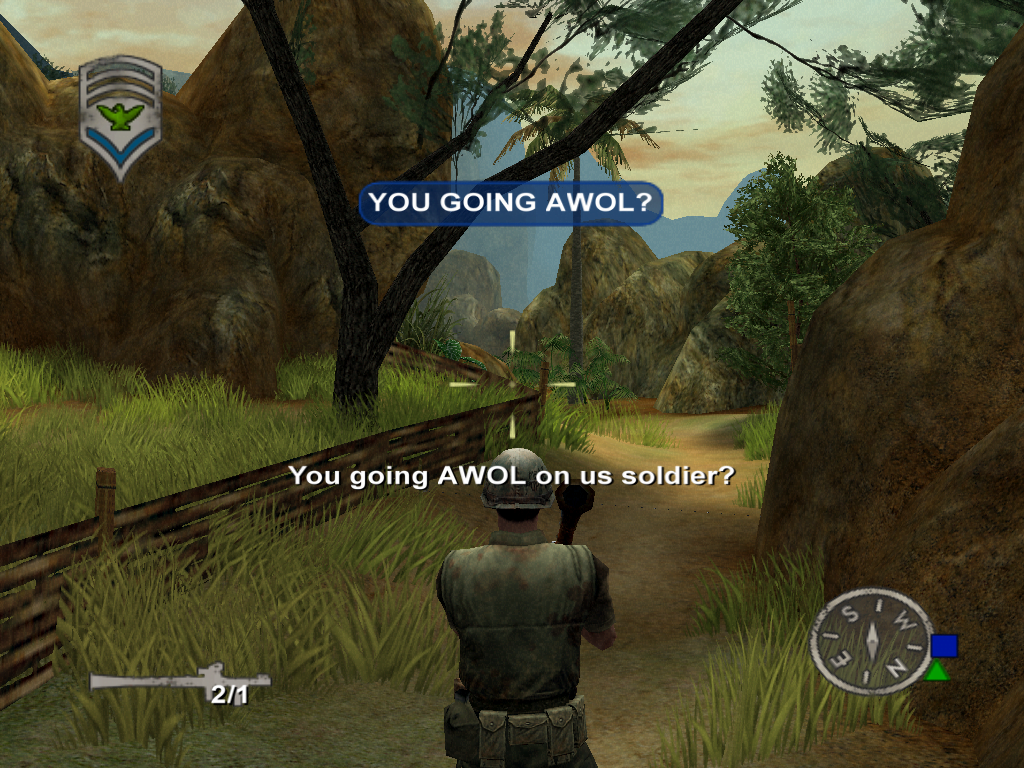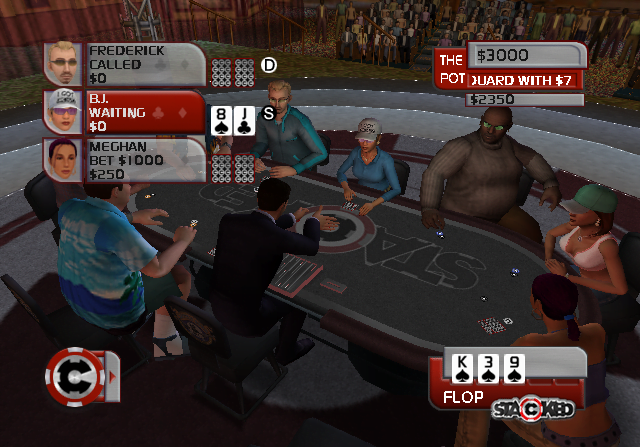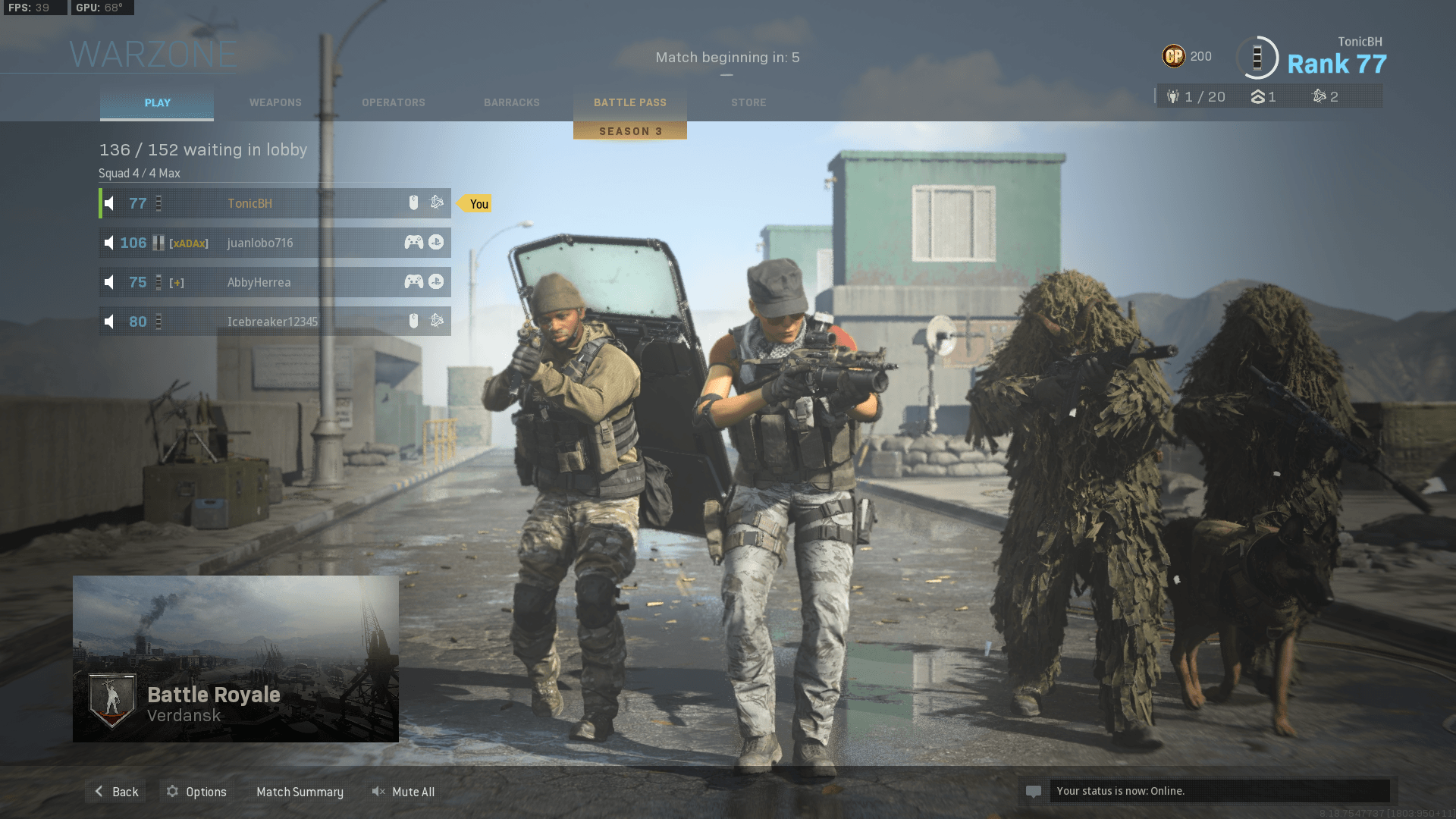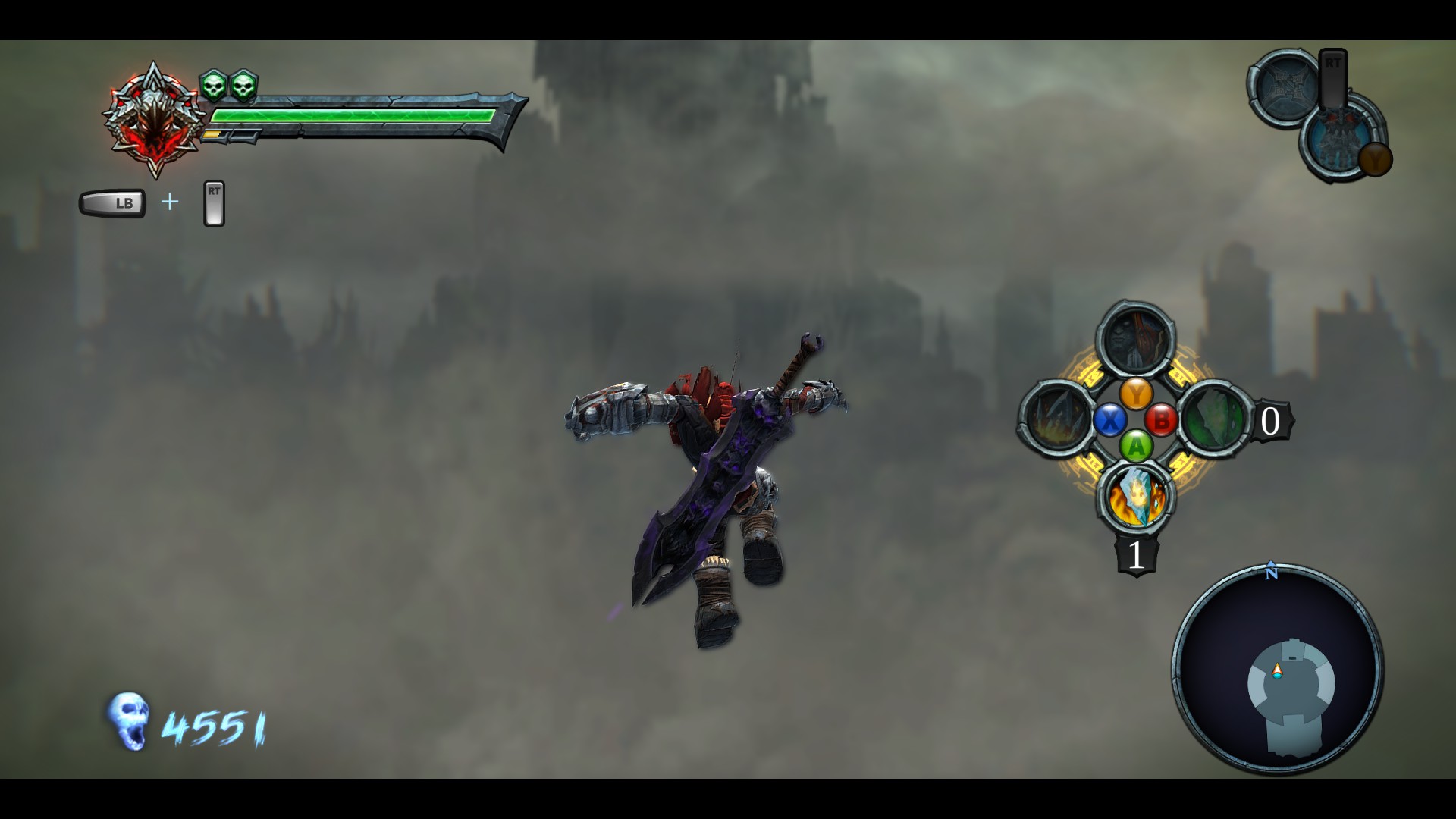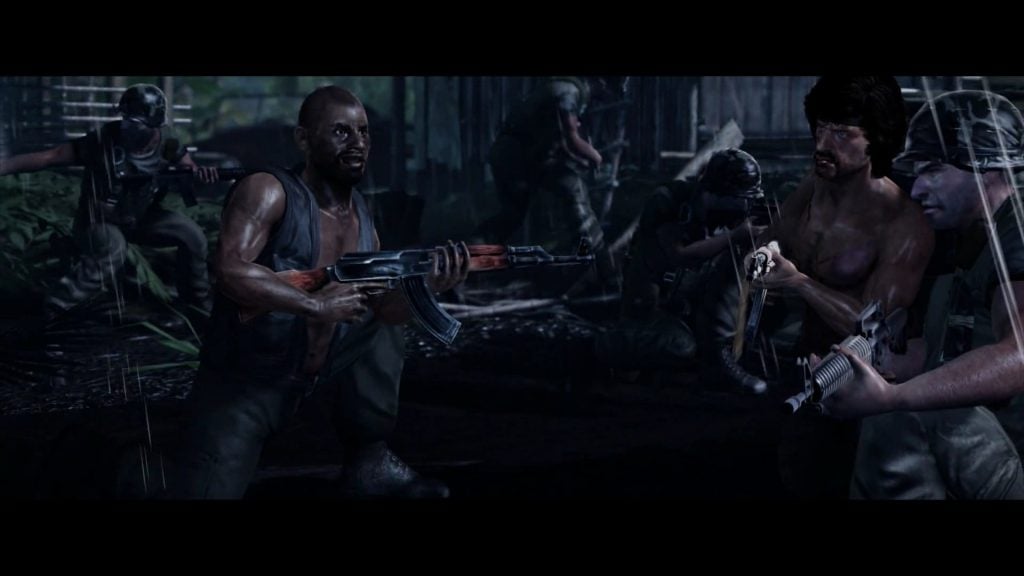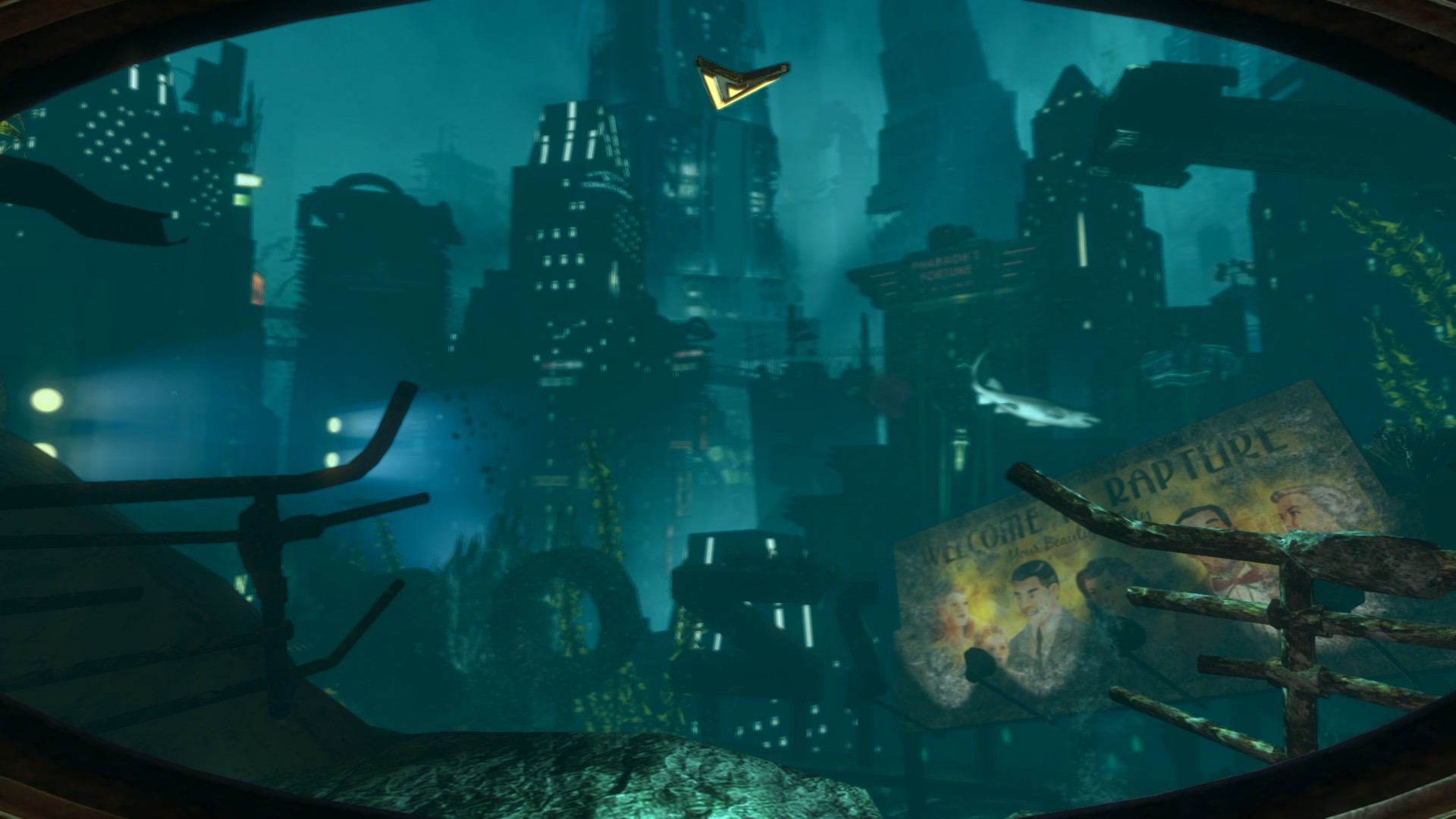There was a brief time around the 2000s where there were a bunch of shooters based on historic events. Medal of Honor in 1999 kick started the craze of World War II-themed shooters, which lasted well into the late-2000s. During this time period, there were a lot of games based on conflicts new and old, most of them shoved off into the annals of obscurity.
During this brief period, there was also an unusual spike in Vietnam War games. Despite the Vietnam War being one of those pointless wars in retrospect, there were games that covered the conflict, usually in a sanitized safe “Americans vs. the Bad People” form. Basically, less like Apocalypse Now, more like The Green Berets.
There were a fair share of these games around that time. Stuff like Battlefield Vietnam, the Vietcong games, and Men of Valor. I’m gonna cover one of those Vietnam War games, and it’s by a developer that you wouldn’t expect have made a game like that, especially considering their legacy.
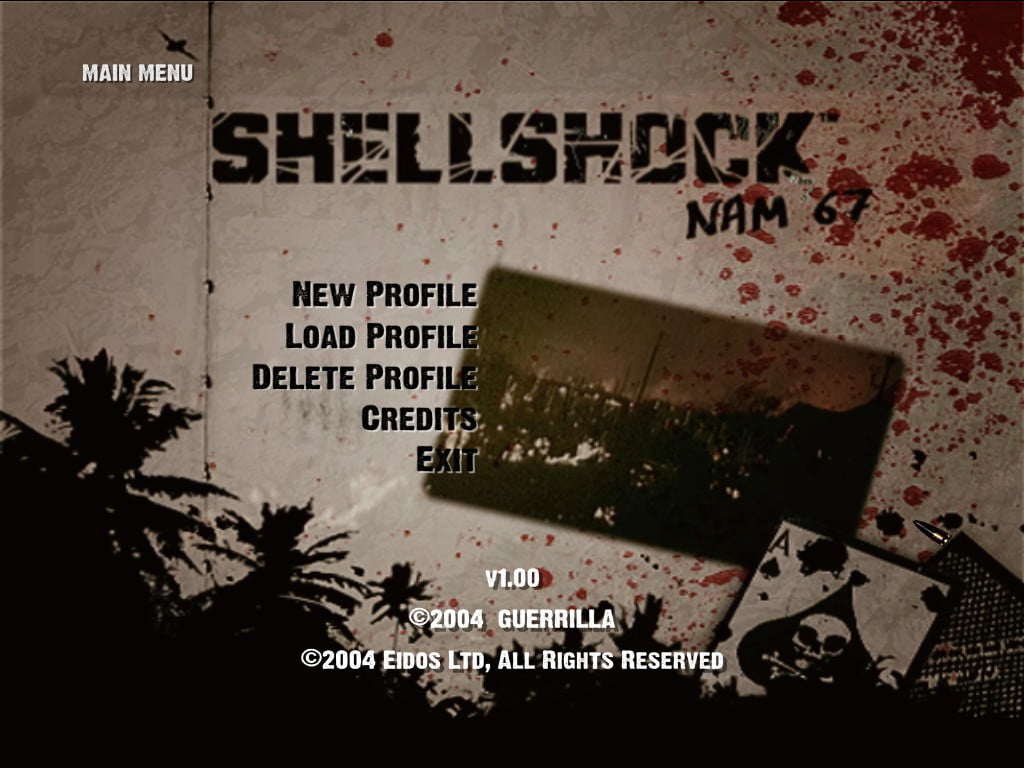
ShellShock: Nam ‘67 was one of the many Vietnam War-era games made during that brief period that kinda came and went. But it was one of the earliest games developed by Guerrilla Games, that Dutch studio that’s known for the Killzone series of games, and the critically acclaimed Horizon: Zero Dawn.
This was the only game released during that in-between phase in their career, after their brief Game Boy phase as Lost Boys Games, but before they were a cog in the PlayStation machine. In a sense, we’re going back to their humble beginnings with this one. I always like looking back at developers before they were well-known, and this one’s no exception.
This was available one week early to people who subscribed to my Patreon. If you wanna see posts like these before everyone else, you can support my Patreon here.
(Warning: Some plot spoilers follow.)

You play as a nameless soldier as they rise up the ranks from rookie to special forces, as you find “King Cong,” a general by the name of Ngo Diem who leads the Vietcong. There really isn’t much else to the plot, you’re dropped in parts of Vietnam, you kill Vietcong, you destroy a few sampans and tunnels, rinse and repeat. In this case, the set pieces are what makes the game interesting, rather than the characters.
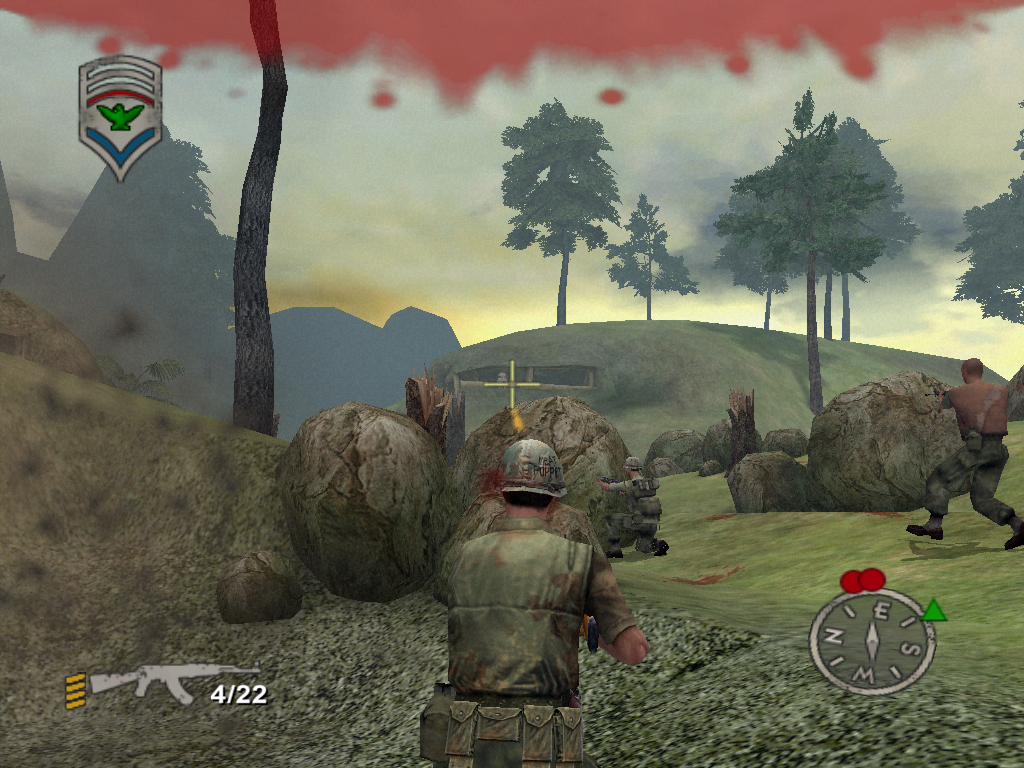
Shellshock is a third-person shooter, which is unexpected considering Guerrilla’s pedigree for mostly making first-person shooters. Left click shoots, right click zooms in, Q to crouch, and there’s even leaning and diving to prone. You can hold a bunch of weapons, and you have a health bar that can be refilled by medkits. Shellshock does have a few tricks up its sleeve to make it stand out from its peers.
(more…)
